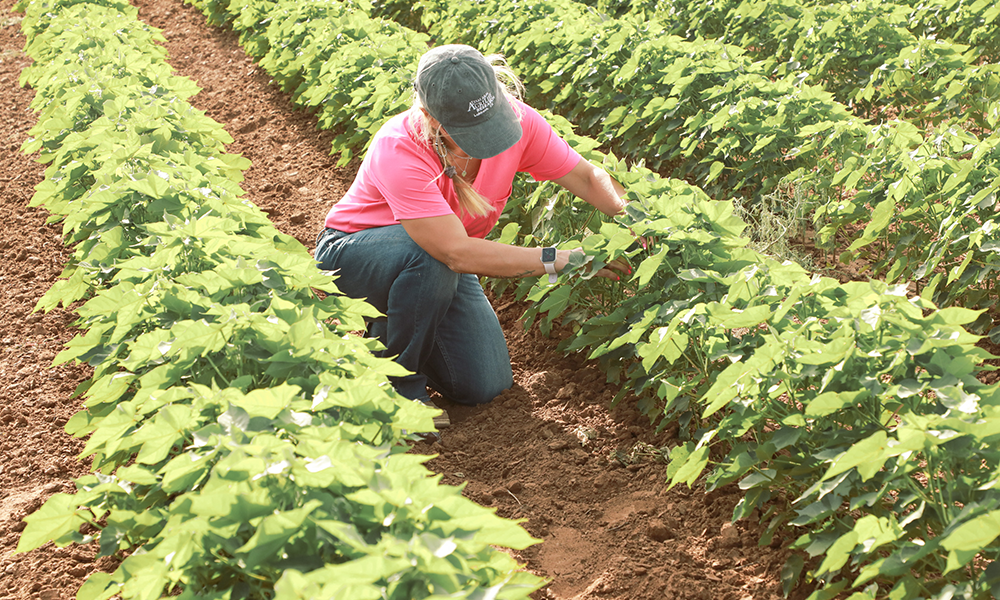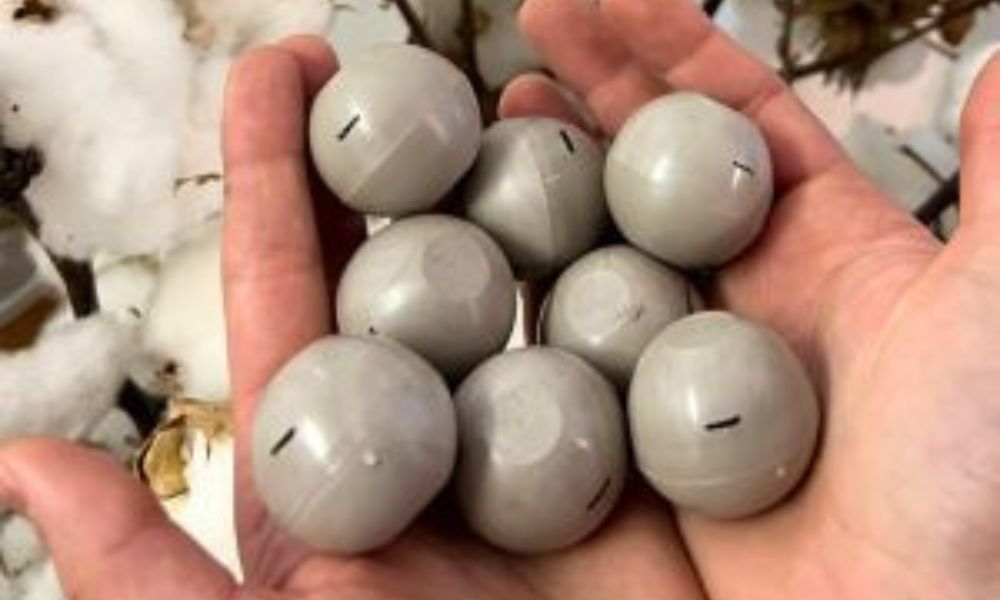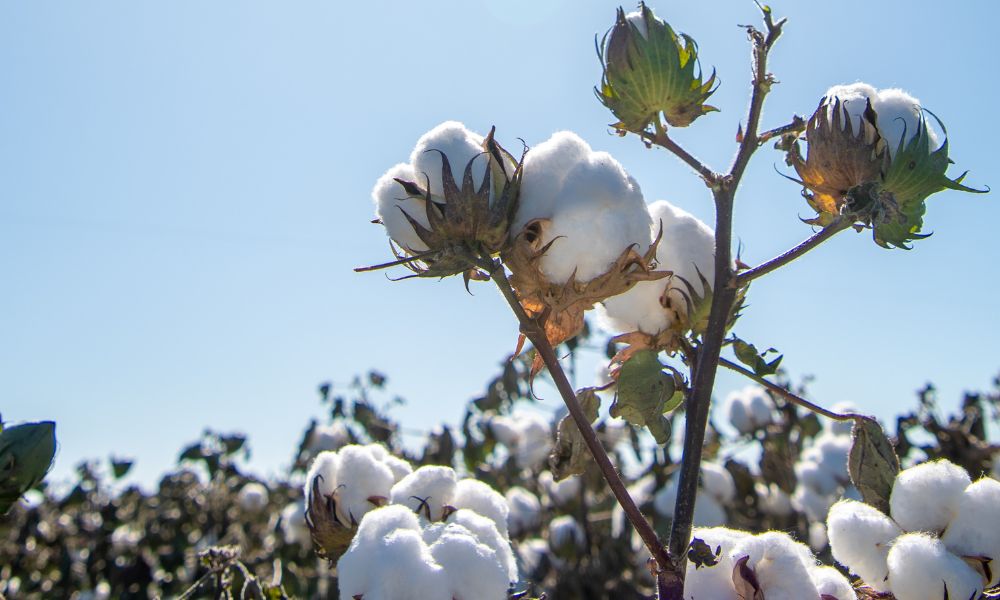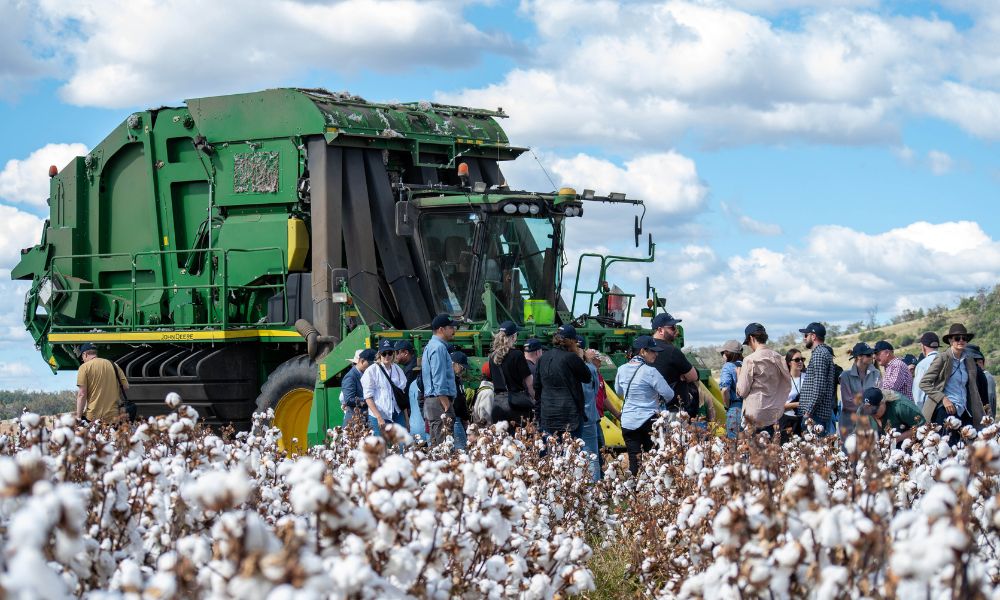Breaking Down Cotton: The Part Textiles Play in the Ocean Plastics Problem
September 26, 2019
Microplastics in the ocean is a problem.
The apparel industry textile choices have an impact on marine life and the biosphere at large.
The microplastics conversation centers largely around microplastics as a by-product of typical consumer plastic products like water bottles that end up breaking down into microscopic-sized pieces over time. But microplastics also enter the marine system in the form of microfibers.
The life of microplastics doesn’t end in the ocean, though. It ends in us – when we drink water, enjoy sea salt, eat fish, and even go outside, because microplastics are now in the atmosphere and are found in the air we breathe. And it’s common to overlook textiles as a meaningful source for microplastics in the ocean. Even though apparel and textile industry professionals know that many synthetic fibers such as polyester are made using plastic, it’s easy to forget that the soft, beautiful end product of textile manufacturing breaks down into plastic microfibers that are contributing to the plastics problem in the ocean. Polyester, for example, is a polymer and the most common variety is polyethylene terephthalate (PET) – the same material used to make plastic soda and ketchup bottles – and polyester microfibers are shed throughout the life of the end user during the consumer laundering process. The inevitable final destination of these plastic microfibers is the ocean. Watch our recent webinar to hear research on the issue presented by Dr. Jesse Daystar, Chief Sustainability Officer at Cotton Incorporated; Carole Dubois, Senior Sustainability Consultant and Director of Development at Quantis International and Founder of The Plastic Leak Project; and Dr. Richard Venditti, Professor in Pulp and Paper Science and Engineering Department of Forest Biomaterials.
Cotton biodegradability research shows that while cotton textiles break down more easily into microfibers that end up in the ocean, they don’t contain plastics and therefore break down at a much faster rate. It’s the synthetic, polymer microfibers that remain a problem. And this is where choices made by decision-makers in the apparel industry make an impact on the condition of our planet.
Cotton microfibers break down naturally and relatively quickly in nature and also offer long-term durability with normal consumer wear-and-tear. Download our plastic research brochure – Understanding the Depth of the Plastics Problem – to get stats, diagrams, and to learn more about the impact of polymer microfibers on the planet. Then stay tuned for more research, coming soon.
Download Research
Commit to sustainably produced cotton – become a Cotton LEADS partner today. Interested in doing even more? Contact us for ideas to get the most out of sustainable cotton and your partnership with Cotton LEADS.













